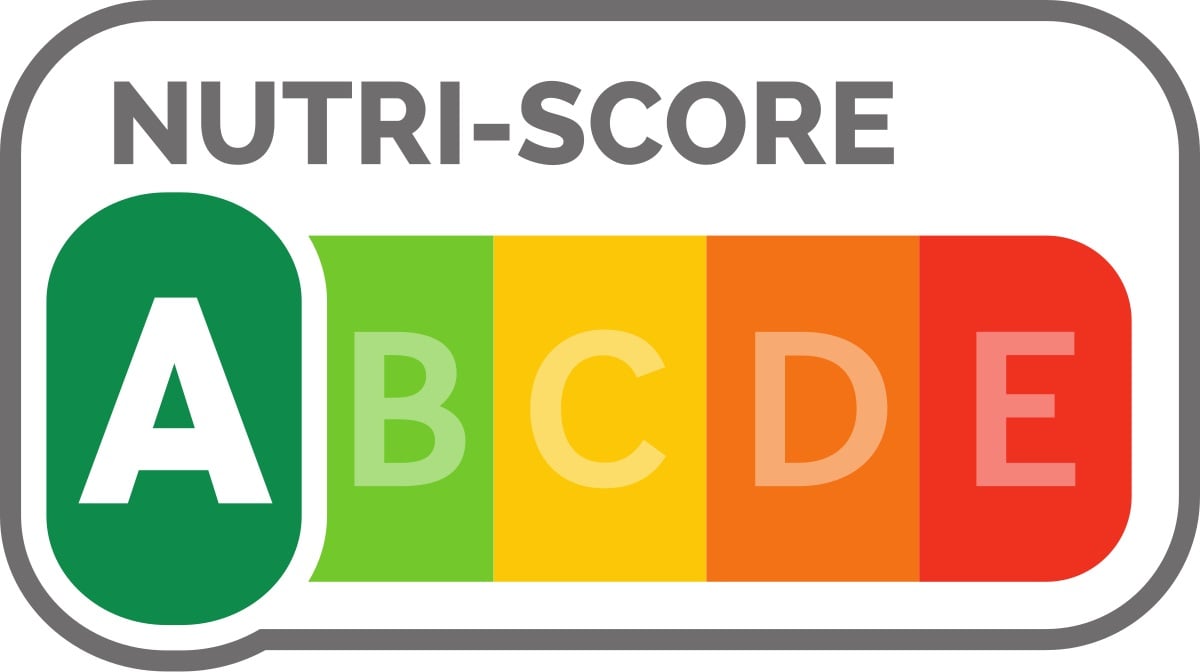
What is the Nutri-Score? Journalist Giulio Ambrosetti tells us about it.
Silences on glyphosate grains arriving from non-EU countries At the beginning of classifying pasta in half, placing it in the letter C. Then they thought about it and placed it in B. Today they are rethinking and, perhaps, they will put it among the foods A. What are we talking about? The Nutri-Score is a bizarre food classification system invented by some researchers at the University of Paris and Inserm. It is an information system based on food labels to inform consumers. With the ambition to show them the healthiest eating habits. Already here we must stop to try to answer the following question: what need is there today to provide consumers with known information, in some cases – as we will see – even by forcing them, without going into the merits of the quality of the food? It is clear that there is something wrong. But let’s go in order. In the meantime, let’s try to illustrate how the Nutri-score works. In a nutshell, they are nothing more than information written on the label of a product. On the front of the package, the individual nutritional values are indicated with a scale of five colors ranging from red to green. It doesn’t take long to understand that products marked in red would be bad for your health, while those marked in green would be good for your health. In between there are three shades. The first five letters of the alphabet correspond to the five colors, a-b-c-d-e. The calculation of the Nutri-Score is very forced, given that 100 grams of product are considered. And this is already the first flaw: in fact, there are products for which it may be right to consider 100 grams, but there are others for which the unit of measurement of 100 grams is exaggerated, if not wrong! Two simple examples: 100 grams for tomatoes or cooked vegetables is a measure that fits: we all eat 100 grams of tomato or 100 grams of cooked vegetables; but 100 grams for extra virgin olive oil is a totally out of place measure, because no one, at the table, dresses a salad or a plate of soup with 100 grams of extra virgin olive oil! However, with this stratagem, the olive oil ended up in C! Realizing that they had made a very serious mistake, our Nutri-Score friends were quick to point out that, indeed, extra virgin olive oil reaches one of the best scores among vegetable oils … In short, a laugh! Again: when France (not all of France, actually: French cheese and wine producers are not very convinced of the Nutri-Score …), Germany, Belgium and other European countries that would like to impose the feeding those people that we in Sicily call “the sick ‘the stomach”, there was half an uprising. Especially in Italy, where a large part of the so-called Made in Italy agri-food sector is penalized: cured meats, cheeses, red meats, dried fruit, everything that contains salt and, as already mentioned, even extra virgin olive oil. On durum wheat and soft wheat they go very light. Why? Because the European Union itself, it is known, allows the arrival in Europe of ‘industrial’ quantities of Canadian hard and soft wheat.
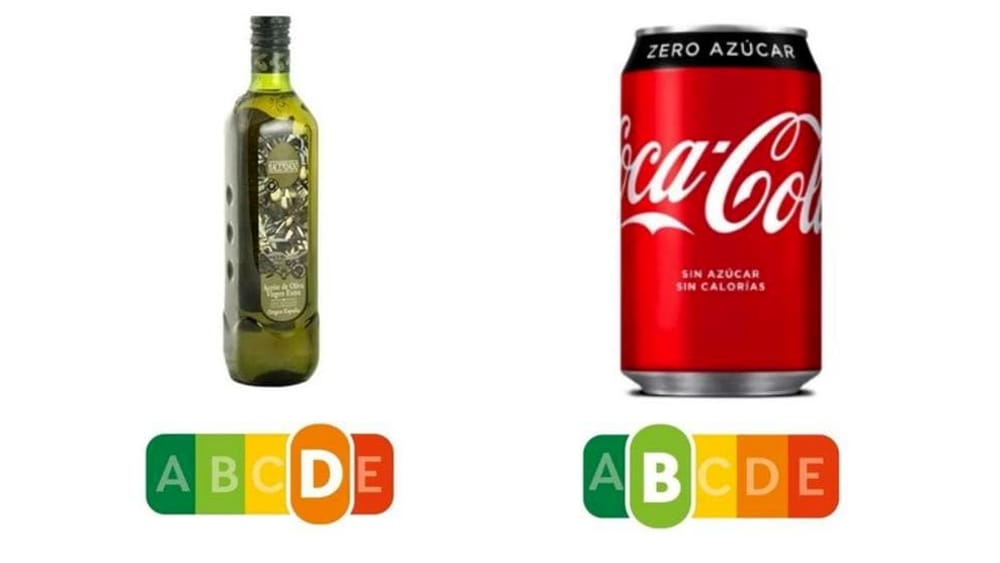
photo taken from agrifoodtoday.it
Having said that, how is the Nutri-Score calculated? Considering 100 grams of product, the content of beneficial substances is analyzed, such as fiber, legumes, fruit and vegetables, and those that must be limited, such as sugars, salt, saturated fatty acids, known to be associated with problems such as obesity, diabetes. and heart disease. Then through a complex calculation, we arrive at a final score, which allows you to assign both a color and a letter to a specific food. As already mentioned, extra virgin olive oil ended up in C. Although they were quick to explain that extra virgin olive oil gets the best possible score among vegetable oils, and is therefore better than soybean oil, corn sunflower, classified in D, while coconut oil, palm oil and finished butter in category E. And they needed these Nutri-Score ‘scientists’ to find that extra virgin olive oil is the best among all vegetable oils? There are many limitations in this Nutri-Score story. We indicate three of them. The first is that it takes away the pleasure of the table in the name of forced health: one thing is to eat 100 grams of cold cuts a day, another and very different thing is to enjoy a sandwich every now and then and a few slices of salami or raw or cooked ham. table a couple of times a week. Same goes for the cheeses. In the minds of these gentlemen, the world should be deprived of Parmigiano, Grana Padano, Provolone, Asiago, Pecorino, Caciocavallo, Gorgonzola and so on. Among other things, the French could say that their cheeses are ‘lighter’ and perhaps dietary compared to the ‘heavy’ Italian cheeses … So, just to remove the market from Italian cheeses: failing to do so with quality, they try with this subterfuge : ridiculous! The truth, in short, is that with the excuse that certain foods make you ‘fat’ or cause ‘obesity’ we try to deal a blow to the Made in Italy agri-food which, for the record, is, by far, the most imitated and ‘fake’ of the world. The second limit is linked to the fundamentalism of a certain current of European environmentalists: those, to quote Crozza, who “live sick to die healthy”. According to these anchorites of food, we should go ahead with vegetables, eliminating salt and sugars, perhaps indulging in some fruit. That they do is fine by us: everyone is free to eat what they like best. The problem is that these gentlemen want to impose this way of life on all the inhabitants of the European Union, starting to terrorize consumers with the messages on the labels of the containers: red meat is bad, this cheese is bad and so on. Hence our question: what does Italy have to do with this European Union? The third limit is the most serious. Instead of setting up ‘traffic lights’ on foods due to the contaminants present in the same foods, they tell us that that food is bad and that other food makes you fat. And maybe they recommend Canadian lentils dried with glyphosate to everyone! Glyphosate introduces us to the topic of cereals, wheat in the head. We wrote that they were careful not to touch durum and soft wheat and their derivatives. Instead, the Nutri-Score gentlemen should talk about it, because the real ‘traffic light’ should be used to prevent grains from other countries of the world from arriving in the European Union full of contaminants that do not make you fat, but directly cause heavy diseases that go, they can become severe and even very serious (mild autoimmune diseases). Of these aspects – the contaminants present in wheat, from glyphosate to mycotoxins – we will tell you a lot and many stories in the next articles.

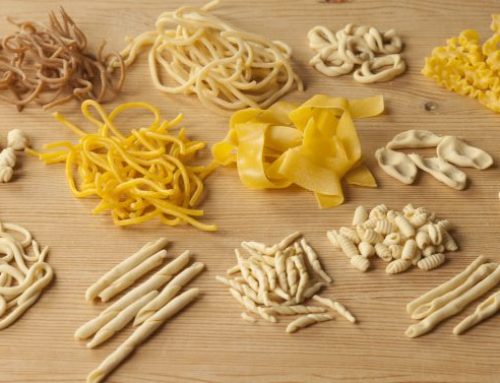
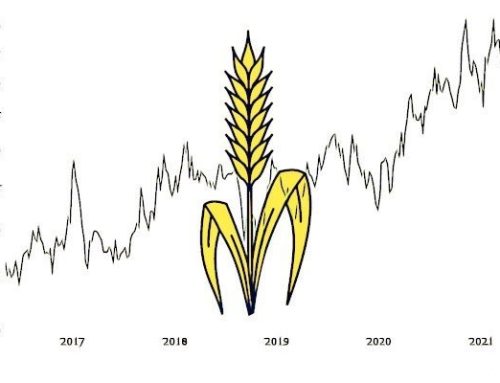

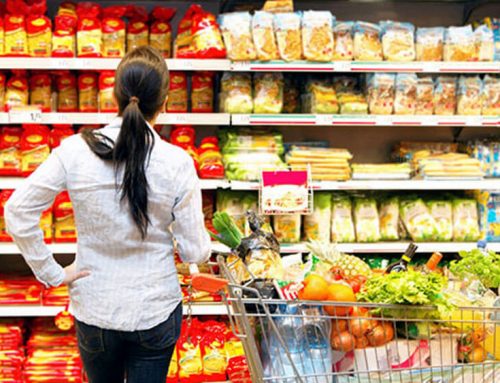
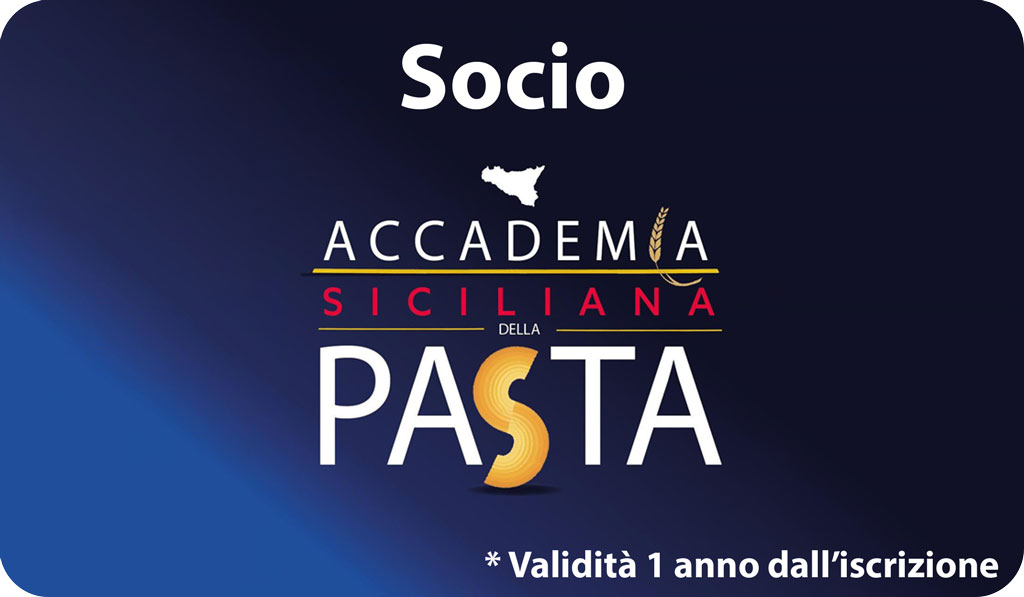
Leave A Comment